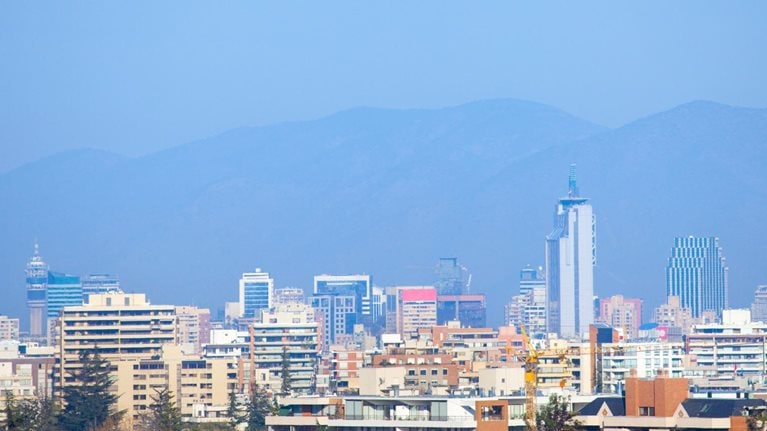The scale and pace of China's urbanization continues at an unprecedented rate. If current trends hold, China's urban population will hit the one billion mark by 2030. In 20 years, China's cities will have added 350 million people more than the entire population of the United States today. By 2025, China will have 221 cities with one million–plus inhabitants—compared with 35 cities of this size in Europe today—and 23 cities with more than five million. For companies in China and around the world, the scale of China’s urbanization promises substantial new markets and investment opportunities.
Yet the expansion of China's cities will represent a huge challenge for local and national leaders. Of the slightly more than 350 million people that China will add to its urban population by 2025, more than 240 million will be migrants. This growth will imply major pressure points for many cities including the challenge of managing these expanding populations, securing sufficient public funding for the provision of social services, and dealing with demand and supply pressures on land, energy, water, and the environment. The research examines these issues and the policy choices that China's leaders could make at national and local levels that can alter the shape of urbanization significantly.
MGI finds that an urgent shift in focus from solely driving GDP growth to an agenda of boosting urban productivity, achieving the same or better economic results with fewer resources, is not only an opportunity but a necessity. By moving in this direction, China would cut its public spending requirement by 2.5 percent of GDP or 1.5 trillion renminbi a year, reduce SO2 and NOx emissions by upward of 35 percent, halve its water pollution, and deliver private-sector savings equivalent to 1.7 percent of GDP in 2025 mainly through reduced consumption of natural resources. The analysis suggests that China should tailor policies that would shift urbanization toward a more concentrated shape of urbanization. This pattern of urbanization could produce 15 supercities with average populations of 25 million people, or spur the further development of 11 urban clusters of cities each with strong economic networks and combined populations of 60-plus million.
The research suggests that concentrated urban growth scenarios could produce 20 percent higher per capita GDP than that yielded by China's current urbanization path, would have higher energy consumption but also higher energy efficiency, and would contain the loss of arable land. Concentrated urbanization would also have the advantage of clustering the most skilled workers in urban centers that would be engines of economic growth, enabling China to move more rapidly to higher-value-added activities.
The two-part report offers a rich urban productivity agenda for China's city leaders and examines what national policies are needed for China to move to a path of more concentrated urban growth. It also offers detailed city case studies and explores the implications of China’s urbanization for key aspects of China’s economy including labor and skills, construction, infrastructure, transport, arable land, energy, water, pollution, and funding.


